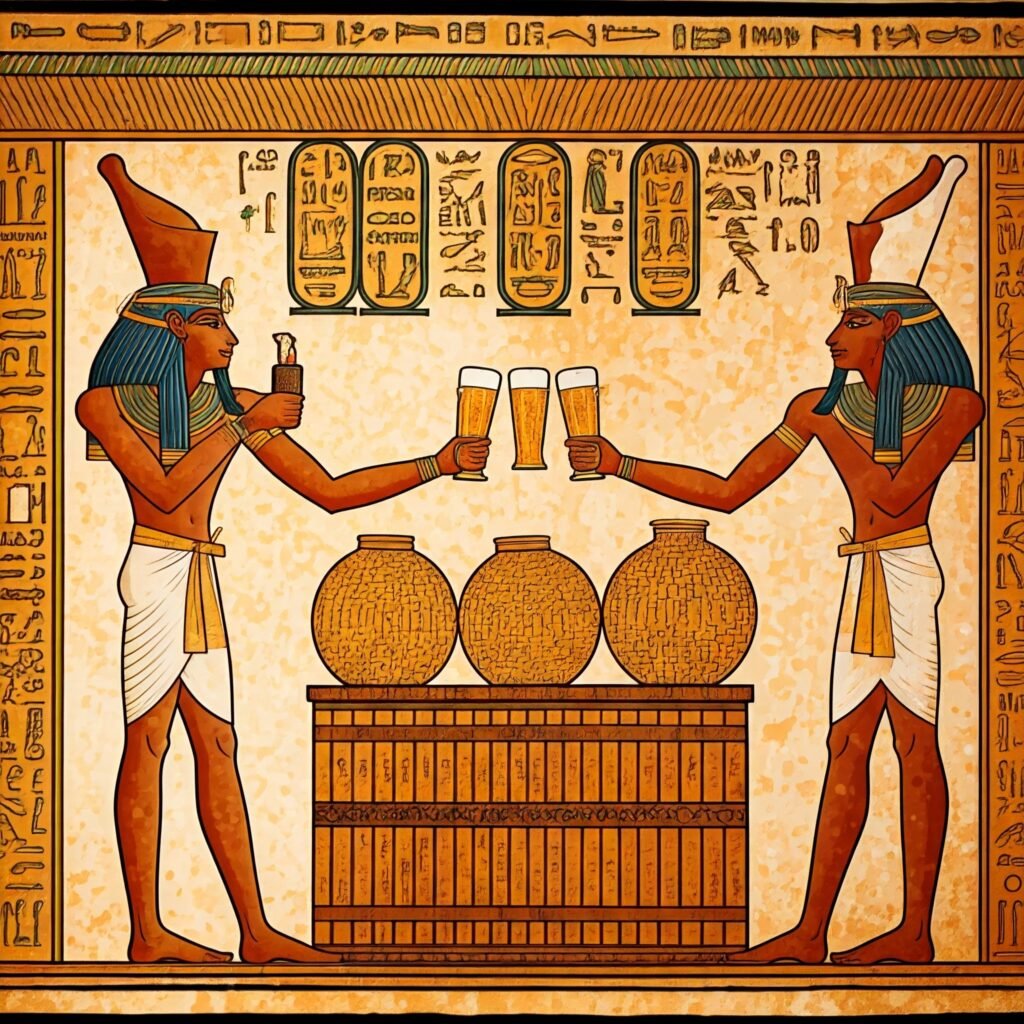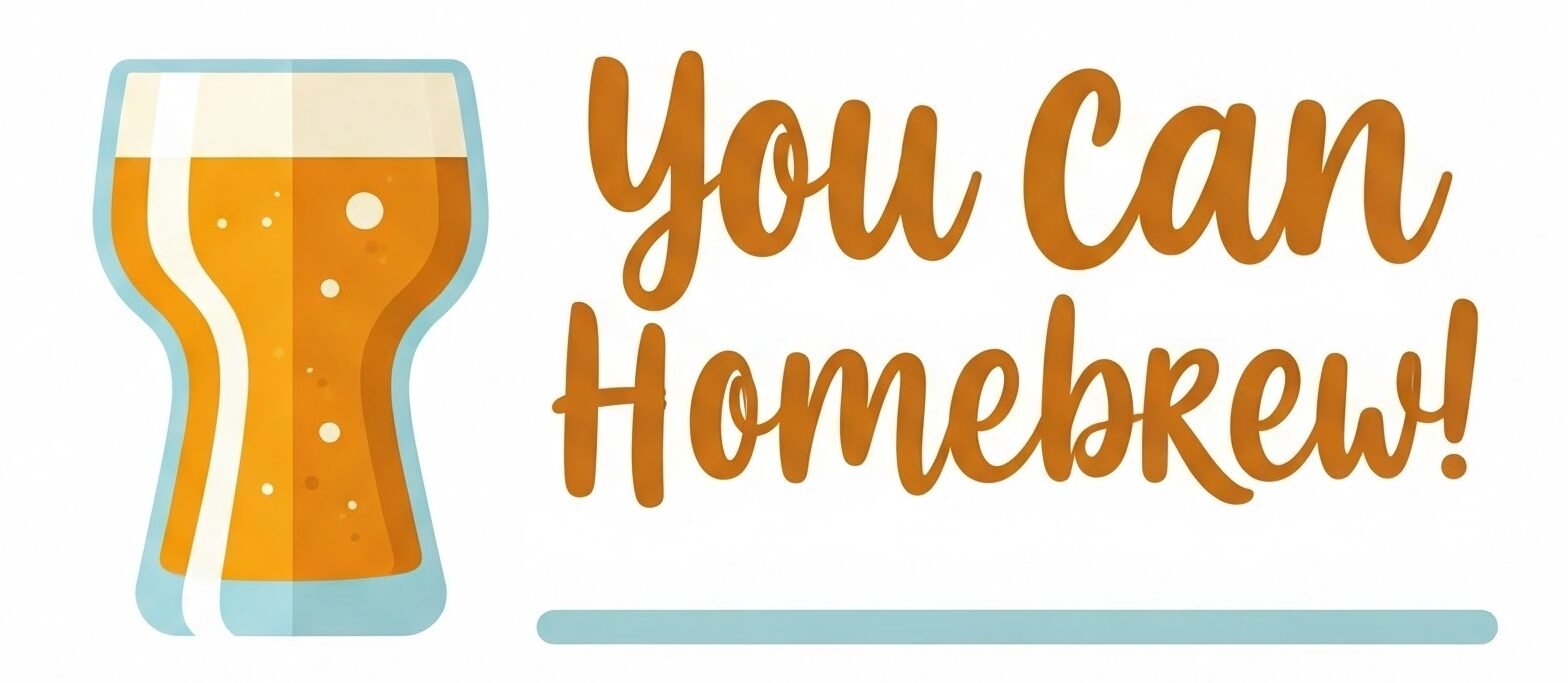

Homebrewing has a long and rich history, deeply woven into the fabric of many ancient cultures across the world. The practice of brewing beer at home can be traced back thousands of years to the dawn of agriculture. In ancient Mesopotamia, around 5,000 BCE, the Sumerians and Babylonians brewed early forms of beer, often using barley, which was a staple crop in the region.
Archaeological evidence suggests that brewing was a communal activity, and beer was consumed in large quantities as part of religious ceremonies, social gatherings, and daily life. The famous “Hymn to Ninkasi,” written around 1,800 BCE, is an ancient Sumerian poem that provides a detailed recipe for brewing beer, highlighting its central role in their culture.
As brewing techniques spread through Egypt, Persia, and the Roman Empire, beer became a ubiquitous part of daily life, often brewed at home by families.
In medieval Europe, homebrewing continued as a domestic activity, particularly in rural areas where peasants brewed beer for their own consumption. Brewing was typically done by women, who crafted ale for the household.
During this time, beer was often safer to drink than water, as the fermentation process killed harmful bacteria. Brewing was an essential skill passed down through generations, and in many places, alewives (female brewers) were respected members of society.
As brewing techniques advanced, especially with the development of hops as a key ingredient in the Middle Ages, homebrewing became more refined. However, with the rise of larger, more centralized brewing operations in the early modern period, homebrewing became less common, relegated to smaller, rural communities.
By the 19th and 20th centuries, the industrialization of beer production, along with strict laws governing alcohol production, limited the practice of homebrewing in many parts of the world. However, homebrewing never disappeared entirely, and by the late 20th century, it experienced a resurgence, particularly in the United States and other Western countries, due in part to a growing interest in craft beer.
Today, homebrewing is enjoyed globally, with enthusiasts in many countries using both traditional and modern techniques to create unique and diverse styles of beer, continuing a rich and historic tradition that spans millennia.
Homebrewing in America
Homebrewing in America has a rich history, marked by a resurgence in popularity in the 1970s and 1980s. Prior to this, brewing beer at home was largely restricted by laws, and beer in America was primarily dominated by mass-produced lagers. However, homebrewing began to emerge as a hobby among beer enthusiasts seeking more variety and control over the brewing process.
The influence of Jimmy Carter, the 39th President of the United States, played a pivotal role in shaping the modern homebrewing landscape. Before Carter’s presidency, federal law made it illegal to brew beer at home for personal consumption. Homebrewers faced legal hurdles that stifled the development of the craft beer movement.
In 1978, however, Carter signed a crucial piece of legislation, the H.R. 1337 bill, which legalized homebrewing on a federal level. The bill allowed individuals to brew beer and other fermented beverages for personal use in amounts up to 100 gallons per year for a household of two or more adults. This action helped to spark a new wave of interest in homebrewing, as it provided a legal foundation for individuals to experiment and refine their brewing skills without fear of prosecution.
Carter’s support for homebrewing was part of a broader political context of the time, where there was an increasing desire for greater individual autonomy and a move toward embracing artisanal and craft traditions. By removing the legal barriers, Carter inadvertently encouraged the growth of a nascent craft beer movement.
In the years that followed, homebrewers not only experimented with diverse ingredients and brewing techniques, but many went on to establish microbreweries and craft beer companies. This was the foundation for what would become a thriving craft beer industry in America.
Today, the homebrewing community in the U.S. is vibrant and expansive, with hobbyists, clubs, and competitions thriving in every state. The culture of homebrewing has played a critical role in the explosion of craft beer, which has reshaped the American beer market.



